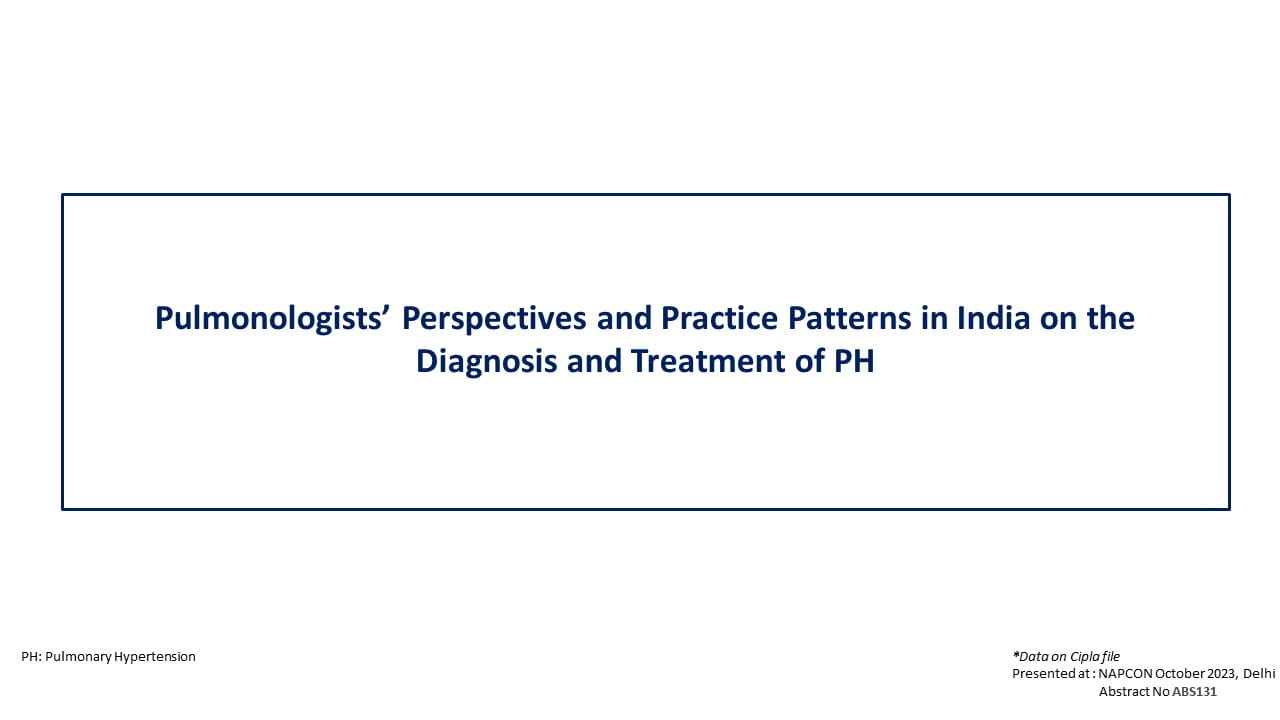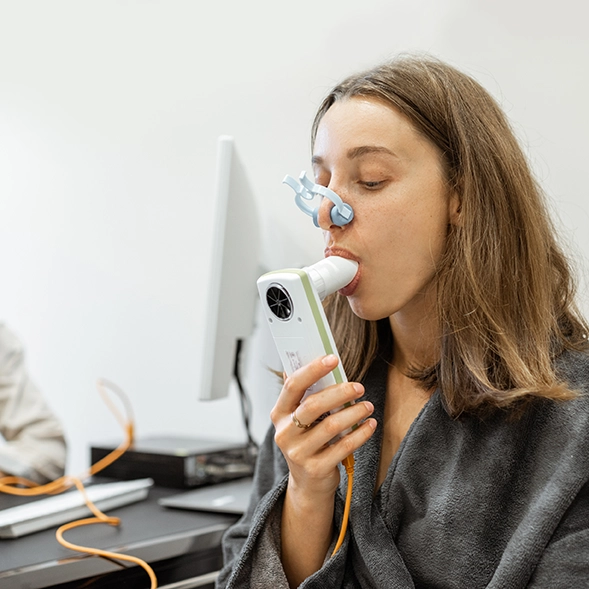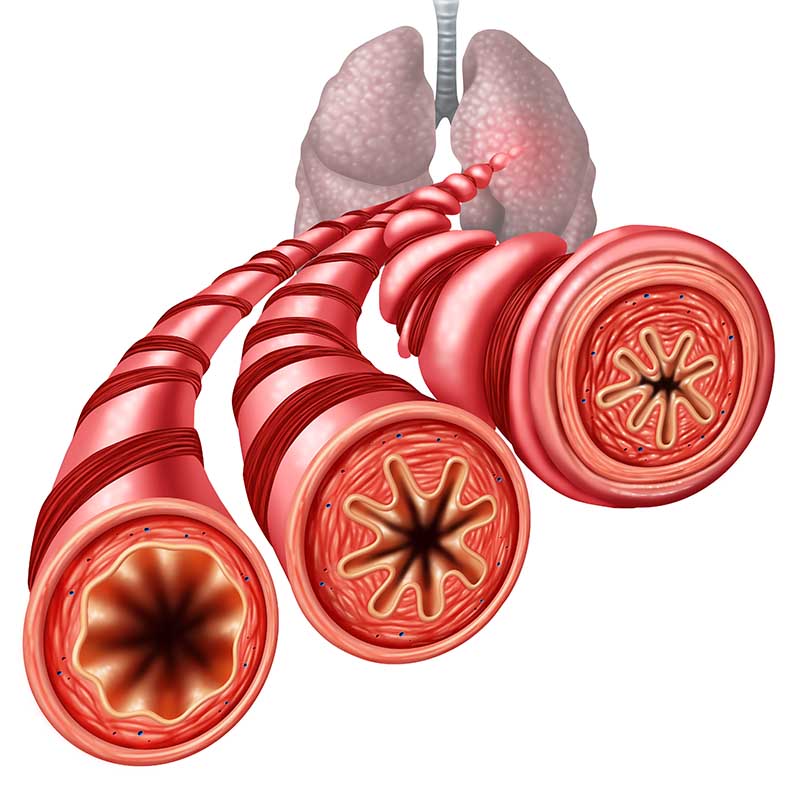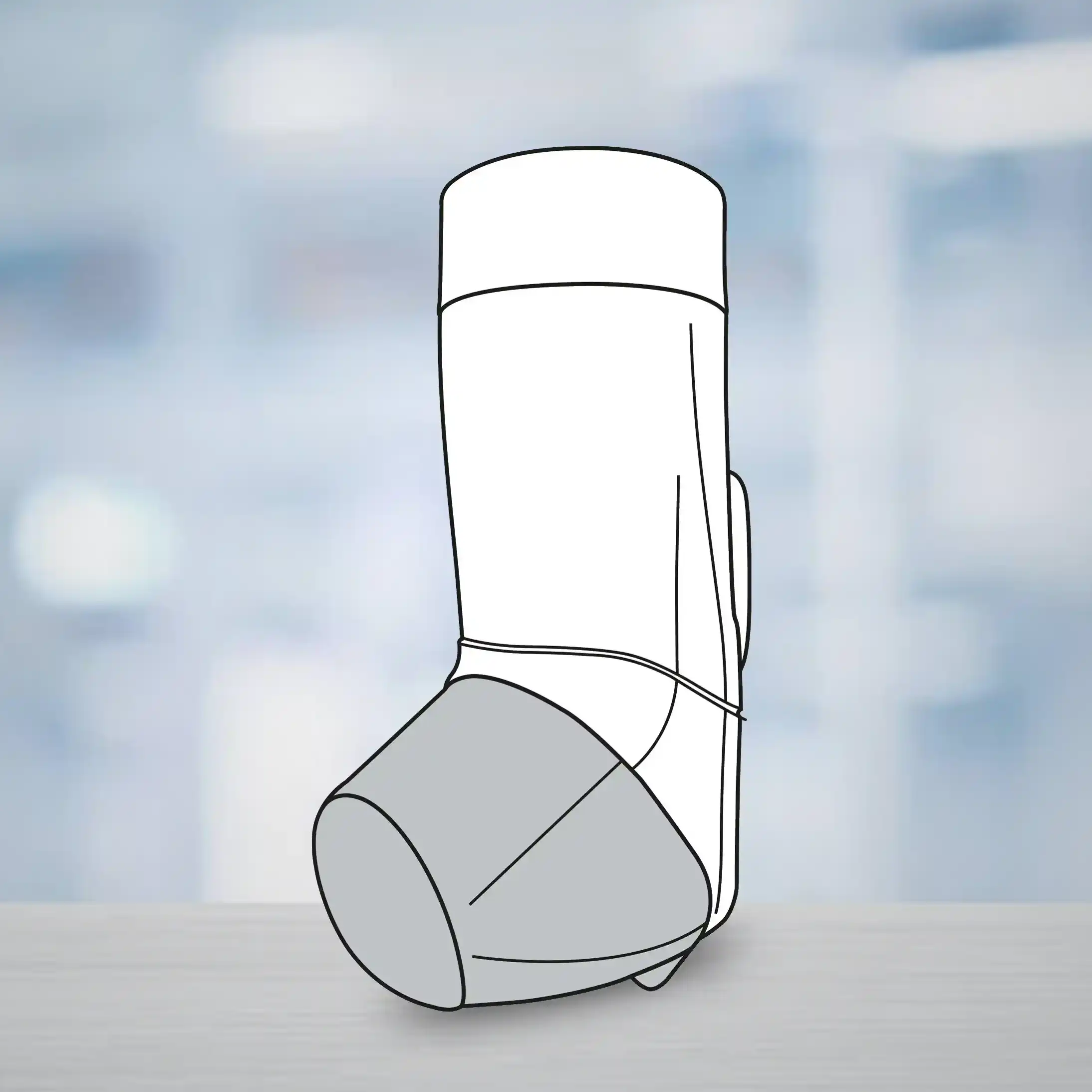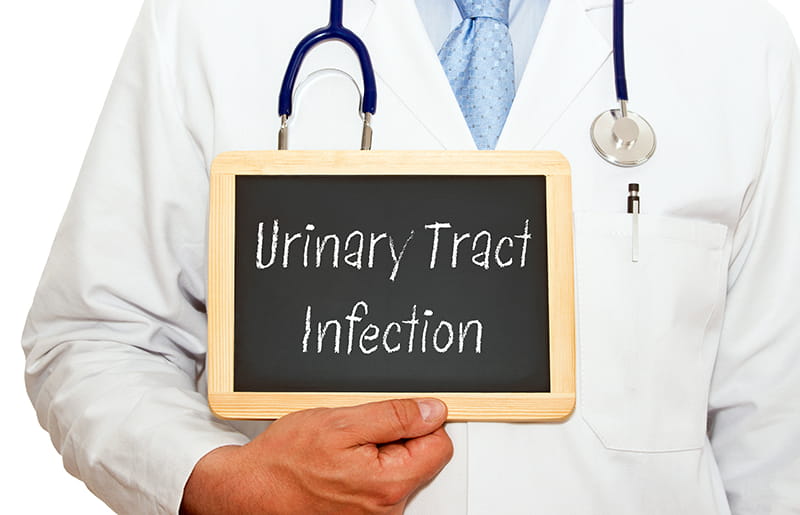Introduction
In India, angiotensin receptor blockers (ARBs) are used commonly as a component of dual nd triple therapies for treating hypertension. Telmisartan is a preferred ARB, owing to its continual effectiveness, morning BP surge control, and prvention of microalbuminuria, nephropathy, cardiovascular morbidity, and mortality. It is thus critical to analyze the clinical data of telmisartan for hypertension management in the Indian population.
Aim
To determine the clinical characteristics, treatment patterns, clinical effectiveness, and safety of telmisartan used as a monotherapy or as part of combination therapy in Indian hypertensive patients.
Patient Profile
- Hypertensive patients (age >18 years) treated with telmisartan monotherapy and/or combination therapy (n=8607).
- As per the ACC/AHA criteria, normal blood pressure (BP) was defined as <120/80 mmHg, elevated BP as 120-129/<80 mmHg, hypertension stage I as 130-139/80-89 mmHg, and hypertension stage II as ≥140/≥90 mmHg.
Methods
Study Design
- A retrospective, multicenter, observational, and real-world study conducted across 331 healthcare sites in India.
Outcomes
- The percentage of patients receiving telmisartan (in the form of mono-, dual, or triple therapy)
- The reduction in mean systolic blood pressure (SBP) and mean diastolic blood pressure (DBP).
- The physician’s global assessment on the efficacy and tolerability of telmisartan based therapy.
Results
- The median age of the study population was 51.0 years, the proportion of male patients was higher than that of females (64.3% vs. 35.7%).
- Of the entire study population, 64.4% of patients were diagnosed with stage II hypertension, and 35.6% had stage I hypertension. The median SBP was 155 mmHg, and the mean DBP was 94 mmHg.
- Overall, 32.5% patients received telmisartan monotherapy and 67.5% received combination therapy with telmisartan [dual therapy being the most prescribed therapy (85.8%), as compared to triple therapy (14.2%)].
- Amongst those receiving telmisartan monotherapy the majority (65.5%) were prescribed telmisartan 40 mg dose, followed by telmisartan 80 mg (20.1%) and telmisartan 20 mg (14.4%).
- Amongst the patients receiving combination therapy, most of the patients were prescribed telmisartan and amlodipine (39.1%), followed by other combinations such as telmisartan and chlorthalidone (25%), telmisartan and hydrochlorothiazide (18.7%), and telmisartan and metoprolol succinate (17.2%). The most common treatment regime of the dual combination therapy was telmisartan 40 mg and amlodipine 5 mg dose (30.5%).
- A total of 823 patients received triple combination therapy: telmisartan 40 mg, amlodipine 5 mg, and hydrochlorothiazide 12.5 mg being the most commonly prescribed triple-drug combination (79.3%).
- The median duration of the treatment was 12.0 months. Only 17.2% patients required dose titration, most of these patients (81.3%) had dosage up-titration while 18.1% of the patients had their dose down titrated during the treatment.
- A total of 22.4% of the patients were treated with other antihypertensives before initiation of the telmisartan-based therapy.
- A compliance analysis revealed that 98.4% of patients were compliant, and 97.6% of patients achieved the target BP goal while using telmisartan-based therapy.
- There was a significant decrease in the mean SBP and DBP in patients using telmisartan-based monotherapy, dual therapy, and triple therapy (Fig. 1).
Fig. 1 Decrease in BP with telmisartan-based regimen
- As per the physician’s global evaluation on efficacy and tolerability, the majority of the patients receiving either monotherapy (98.5% and 91.4%), dual therapy (98.7% and 95.1%), or triple therapy (98.3% and 97.3%), reported having a good to excellent scale evaluation.
Conclusions
- Telmisartan was efficacious and tolerable for BP control in Indian hypertension patients when used as monotherapy or in combination therapy.
- The benefits of telmisartan were independent of age, duration, and stages of hypertension.
Bioinformation. 2021;17(6): 652-659.


